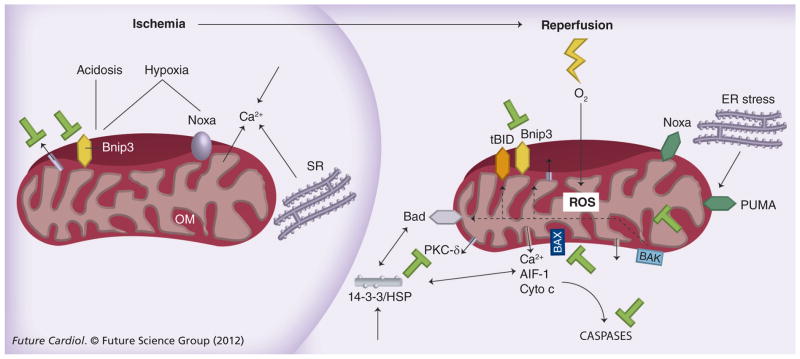Figure 5. Induction and activation of Bcl-2 proteins during ischemia and reperfusion.
Ischemia causes hypoxia, inhibition of mitochondrial electron transport and transcriptional induction of Bnip3, PUMA and Noxa. During ischemia, ATP levels and intracellular pH decrease, cytosolic calcium increases and the MAPKs, ERK and p38 are activated. The Bnip3 death pathway is activated by hypoxia-acidosis and can be blocked by neutralization of pH or inhibition of the mitochondrial pore. Calcium accumulates in mitochondria during ischemia. Reperfusion activates electron transport and stimulates ROS and further calcium uptake. Post-ischemic stunning and cardiac myocyte death are both linked to elevated ROS and calcium. Multiple kinases are stimulated further by reperfusion. BH3-only proteins activated during ischemia–reperfusion include Bnip3, tBid, BAD and PUMP and NOXA. Block bars indicate possible points for therapeutic intervention to inhibit programmed cell death.
ER: Endoplasmic reticulum; OM: Outer membrane; ROS: Reactive oygen species; SR: Sarcoplasmic reticulum.

